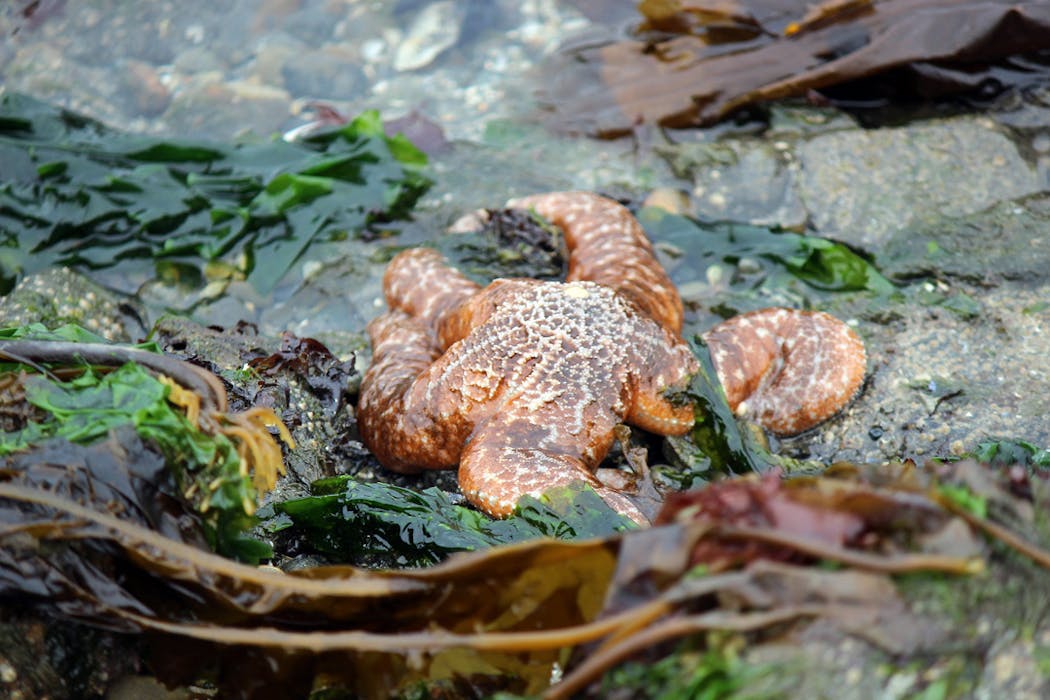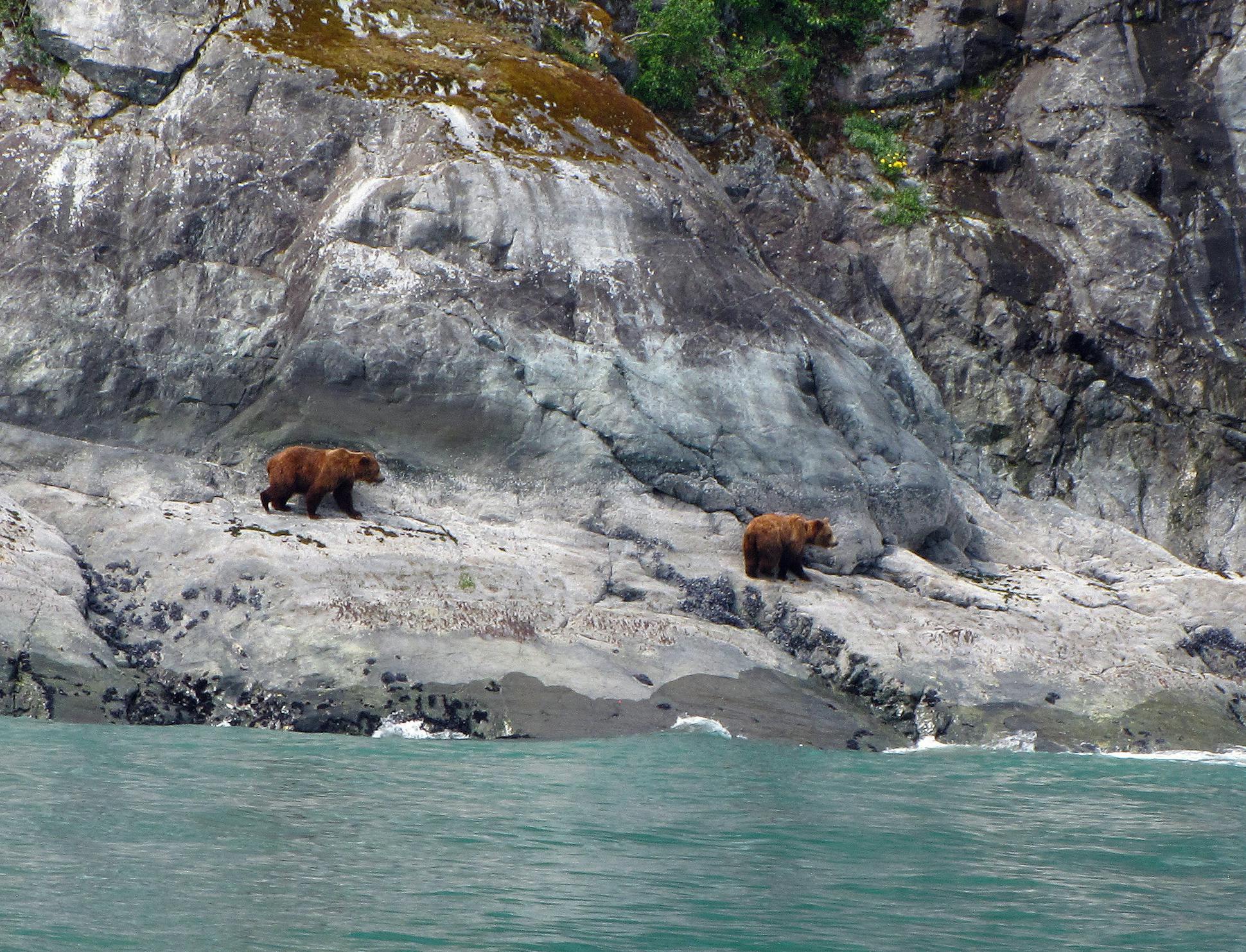It's easy to see all sorts of wildlife when visiting Alaska's Glacier Bay
Visiting zoos and aquariums can make that connection to wild animals, but immersing oneself in their natural habitats in the vast and pristine wilderness is even better.
That's what we discovered when spending five days camping and boating in Alaska's Glacier Bay National Park and Preserve. We were awestruck by the immense beauty of the snow-capped mountains every day, rain or shine, hazy or overcast. And in this icy landscape, we saw countless species of marine mammals and wild animals. Some are elusive and hard to spot, while others became a mainstay.
Water babies
Humpback whales took center stage as the "giants" on the trip. We had many sightings, its enormous size emerging from the water. Orcas and porpoises also patrol the waterway, and we saw a few of the cetaceans on a misty morning, swimming gracefully on the water's surface.
Sea otters, once extinct in Glacier Bay due to overhunting, have gradually recovered. And with a population of about 8,000 in the protected lower part of the bay, a sighting of a baby otter playing on its mom's belly melted our hearts.
The John Hopkins Glacier Inlet looked as if it were a daycare for harbor seals. The inlet's icebergs play a role equivalent to delivery beds and cradles, in which mother seals give birth and nurture young ones on it.
During our trip, Steller sea lions could be spotted on rocky islands. When they weren't napping or eating, they lined up along ledges, similar to Olympic divers, waiting for their turn to jump in.
Taking flight
Birds, at an estimated 170 species in the park, include bald eagles, marbled murrelets, black oystercatchers, tufted puffins, cormorants and pigeon guillemots. They soar high, then swoop and dive.
The birds we enjoyed seeing the most were oystercatchers and puffins. Both have orange-red beaks, but the former's is distinctively long while the latter's is round, curvy and short.
One day, we came across a pair of oystercatchers near our campground. The female was incubating eggs on a rocky bay where thousands of mussels and barnacles lived on the boulders providing an unlimited food supply for the family.
Puffins, both horned and tufted, are among the cutest-looking sea birds, with their rotund, penguin-like bodies and distinctive orange beaks.
And just as humpback whales rule Glacier Bay's waterways, bald eagles reign the sky. And since fish and small critters are so abundant, they thrive in this superb ecosystem.
Landline
In Alaska, how could we forget bears? Glacier Bay has many of them, black and brown, in the forest and along the coasts. Brown bears especially, estimated at about 300 in number, are spotted most often.
We had three to four brown bear sightings on our tour boat, sailing along the 65 miles of shoreline via the national park lodge at Bartlett Cove and the glacier inlets. Whenever a bear was spotted, the captain would slow down and point it out to the passengers, as one roamed the beach or turned up rocks to look for salty tidal delicacies.
On land, most backcountry campers make preparations to deter bears. Bear spray and cowbells are the must-haves. Luckily, we didn't have any close encounters during the time we camped — at least that we knew of.
The deckhand supervisor on our returning boat later told us that some boaters spotted a brown bear not far from where we pitched our tent. They thought the bear was chasing our group and that we got in the water to get away. But we were just paddling hard to make the pickup schedule.
Close encounter or not, the trip was well worth it. Each night, a nice dinner in front of the sunset clouds burning in reddish-orange amid terrestrial, coastal and marine ecosystems would energize us for something new the next day.
As the "Father of the National Park Service" John Muir wrote in his "Travel to Alaska" book, "To the lover of pure wildness, Alaska is one of the most wonderful countries in the world."
We the city slickers and the lovers of nature agree: Alaska is the place to be.





